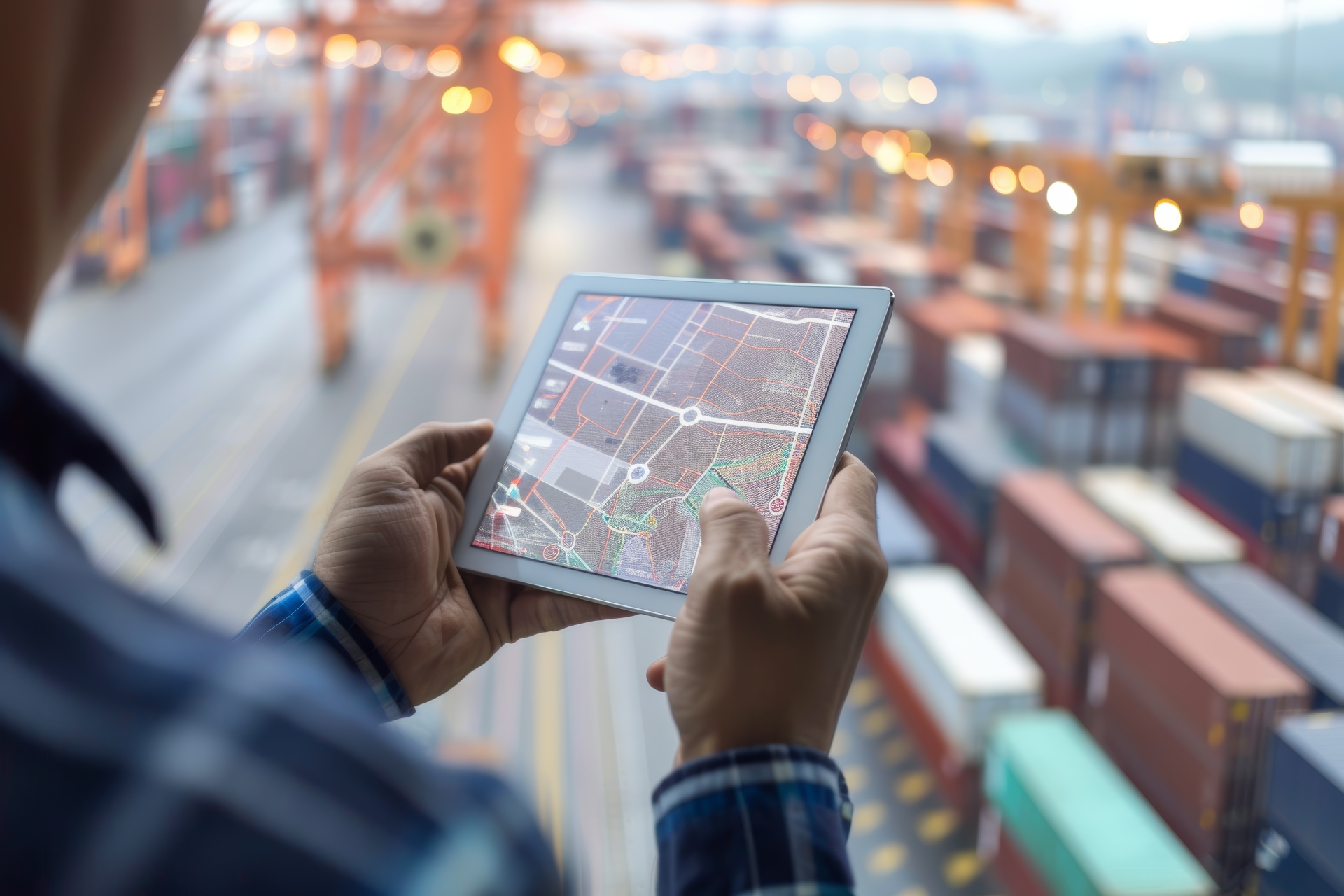The global food export business operates on a ticking clock. For exporters dealing in perishable goods—from fresh produce and frozen meats to high-value seafood—every minute in transit is a risk to quality, safety, and profit. Historically, a container disappearing “over the horizon” meant a loss of control, leaving businesses vulnerable to costly surprises upon arrival.
Today, thanks to advanced container tracking systems, that vulnerability is rapidly disappearing. These solutions, powered by GPS, IoT (Internet of Things) sensors, and cloud platforms, are no longer just about locating a box on a map; they are the key to a more efficient, secure, and profitable food export operation.
The Core Problem: Lack of Control Over Critical Conditions
Unlike general cargo, food exports are acutely sensitive to environmental conditions. A delayed ship, a prolonged stop at a port, or a minor refrigeration unit malfunction can turn a full container of premium goods into spoiled waste. The traditional system only offered updates at major milestones, leaving large, blind gaps in the journey.
How Container Tracking Transforms the Food Export Business
Modern container tracking systems provide real-time, end-to-end visibility that addresses these specific challenges for food exporters:
Preserving the Cold Chain (and Quality):
-
- Beyond Location: IoT sensors within the container continuously monitor vital metrics like temperature, humidity, and atmospheric gas levels. For refrigerated containers (reefers), this is mission-critical.
- Proactive Alerts: If the temperature deviates from the required range (e.g., for frozen shrimp or chilled berries), the system instantly sends an alert. This allows logistics managers to contact the carrier and initiate corrective action before the cargo is compromised, preventing massive financial loss and safeguarding food safety.
Eliminating Costly Delays and Penalties:
-
- Accurate ETAs: Real-time location data provides highly accurate Estimated Times of Arrival (ETAs). This means receiving parties can better plan for labor, cold storage space, and final mile delivery.
- Minimizing Fees: Visibility helps exporters and importers proactively manage the retrieval of containers, avoiding costly demurrage and detention charges that accumulate when containers linger at ports or terminals.
Enhancing Security and Compliance:
-
- Loss Prevention: GPS tracking deters theft and provides rapid recovery potential by giving the exact location of the asset at all times.
- Regulatory Documentation: Comprehensive data logging (including continuous temperature records) provides an unassailable audit trail. This is crucial for complying with stringent international food safety and traceability regulations, facilitating faster customs clearance, and quickly resolving disputes.
Building Unmatched Customer Confidence:
-
- Proactive Communication: Exporters can use the tracking data to provide customers with accurate, timely updates and, more importantly, proactively notify them of potential delays with an estimated new arrival time. This is a significant competitive advantage.
- Proof of Integrity: Sharing the continuous temperature logs proves the product remained in optimal condition throughout the voyage. For a buyer of perishable goods, this level of transparency is invaluable and builds long-term trust.
Container tracking is no longer a luxury; it is the backbone of a resilient, quality-driven food export operation. By transforming blind spots into clear visibility, it allows food exporters to minimize risk, reduce waste, and deliver on the ultimate promise: fresh, safe, and on-time delivery to every global market.


